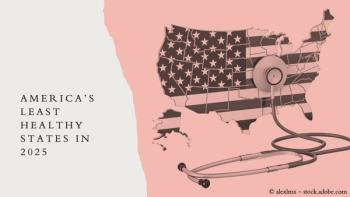
PCMHs lower costs for patients needing chronic care
A series of 3-year studies of PCMHs in Pennsylvania conducted by Independence Blue Cross (IBC) found “significant reductions in medical costs for patients with chronic conditions treated in primary care practices that have transformed into medical homes."
Since the idea was first conceived, backers of the Patient-Centered Medical Home (PCMH) have claimed that the model can reduce costs while improving health outcomes for certain patient populations. Now additional evidence has emerged to support that claim.
A series of 3-year studies of PCMHs in Pennsylvania conducted by Independence Blue Cross (IBC) found “significant reductions in medical costs for patients with chronic conditions treated in primary care practices that have transformed into medical homes,” according to
The results were especially striking among patients with diabetes, which is one of the nation’s most prevalent and costly chronic diseases. These patients saw a 44% reduction in hospital costs and a 21% reduction in overall medical costs. Diabetic patients treated in the studied PCMHs also saw a 60% improvement in getting their low-density lipoprotein levels under adequate control. Overall, the number of patients with poorly controlled diabetes declined by 45%, according to IBC.
In addition, patients with diabetes were more likely to receive key tests such as eye exams, blood sugar levels, and kidney function compared with patients not treated in a medical home.
IBC’s studies evaluated 125,000 patients receiving primary care in 160 medical home practices in southeastern Pennsylvania from 2008 to 2012. The studies, which used a subset of this population, compared members receiving care in medical home practices to members cared for in non-medical home settings, and in practices that became medical homes at a later time.
The PCMH concept emphasizes a team approach to delivering primary care and close coordination among all providers, including primary care and specialists, as well as non-physician providers. The goal is to reduce hospital readmissions and eliminate redundant tests and procedures.
"We’ve known that many measures associated with improved health quality are better for our members in medical homes, such as better controlled diabetes and blood pressure,” says Richard Snyder, MD, IBC chief medical officer. “These results tell us that medical homes also help reduce overall healthcare costs for people with chronic conditions.”
Newsletter
Stay informed and empowered with Medical Economics enewsletter, delivering expert insights, financial strategies, practice management tips and technology trends — tailored for today’s physicians.








